Retama: [Characteristics, Cultivation, Care and Disadvantages]

Important points when planting a Retama:
- When? The broom can be sown by seed during the spring, but it can also be cultivated by dividing a plant that is more than 4 years old.
- Where? It is very common to find broom on the sides of roads and highways. It is very useful for the stabilization of slopes and dunes.
- How do we water? The waterings must be abundant in spring and summer. The rest of the year the risks should be more spaced or almost null.
- How often do we water? The frequency of watering the plant is not important, it is only necessary to maintain the humidity of the crop without flooding.
- What care does it require? The broom is a plant that requires minimal but specific crops for its development and growth.
- What pests and diseases affect you? The brooms are attacked by aphids or aphids and the red spider that affect the crop in general.
What characteristics does the broom plant have?
The broom is a shrubby plant of the Fabaceae family of the genus Spartium junceum.
Native to southwestern Africa and a good part of the Mediterranean basin, including Portugal.
It has settled very especially in the Iberian Peninsula.
It can reach 4 meters in height and has an elegant and erect bearing with glaucous light green stems.
Its leaves are very small, alternate, linear, lanceolate and early deciduous, without any type of ornamental value. The broom flowers emerge from the oldest branches and appear in the summer. They are small, abundant and have a very bright and intense yellow color.
It produces an indehiscent, ovoid-shaped fruit, ending in a mucron, more or less marked, with a spongy and dry pericarp when ripe, with a smooth yellow-brown surface. The fruits of the broom contain one or two seeds, exceptionally three seeds.
It is a well-known plant with the common names of Retama de olor, Gayomba, Gallomba and Ginestra. There are brooms of different colors: yellow, white and black to which different properties are attributed and are linked to ancient magical legends.
The uses of the broom range from the pharmaceutical industry, ornamentation and basketry. It is a highly appreciated crop for the recovery of degraded soils, due to the ability of the plant to fix nitrogen from the atmosphere.
Also, and although they have not been scientifically proven, the seeds of the broom are attributed healing properties for problems of diabetes, hair loss, sinusitis, hemorrhoids.
The most advisable thing, in case of using broom or any type of herb, is to seek good advice and follow the recommendations of specialists and doctors.
When to sow broom?
The broom can be sown by seed during the spring, but it can also be cultivated by dividing a plant that is more than 4 years old.
Where to plant broom?
It is very common to find broom on the margins of roads and highways and it is very useful for stabilizing slopes and dunes.
How do we water the broom?
Waterings must be abundant in spring and summer. The rest of the year the risks should be more spaced or almost null.
How often do we water the broom?
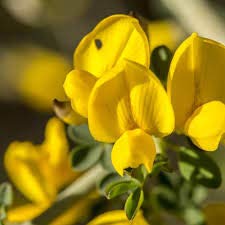 The frequency of watering the plant is not important, it is only necessary to maintain the humidity of the crop without flooding.
The frequency of watering the plant is not important, it is only necessary to maintain the humidity of the crop without flooding.
However, during the hottest and driest time of the year it will appreciate one or two waterings per week.
The rest of the year it is watered once a week or even every ten days in winter and if it rains regularly, watering should be stopped.
How to plant a broom step by step?
If the sowing is done through seeds, it is recommended to carry out a germination process by placing the seeds in hot water for a period of 24 hours.
- Make a division of a plant that is strong and healthy and or previously germinated broom seeds.
- Select a spot in the garden or greenhouse with good drainage capacity.
- Fill with garden soil increased with a little manure.
- Sow one or two seeds per alveolus at a depth of 10 mm or, in case of division of the plant, it will be sown directly in the ground.
- Water abundantly and without flooding to keep the substrate always moist.
- Locate the crop where it can receive direct sunlight.
- Transplant every two years, if it is grown in a pot, until it is taken to its final location.
What care does the broom need?
The broom is a plant that requires minimal but specific crops for its development and growth. The soil can be of any type, but successful results have been obtained with the use of peat moss and coconut fiber substrates in different proportions.
Although it prefers siliceous or limestone soils with good drainage for a better development of the plant. It requires a fertilizer or mineral fertilizer in the spring and organic fertilizer in the fall.
The light requirements of broom are very high so the location of the crop must be in direct sun. It needs space for the development of its roots, so it is recommended to plant the crop about 5 meters away from other shrubs.
In a plant that does not resist intense cold or frost and the ideal temperatures for its development are between 15 and 25º C. It is a plant resistant to drought and extreme heat. Prune lightly in the period in which it loses its flowers and carry out a deeper pruning at the beginning of winter.
What pests and diseases affect the broom?
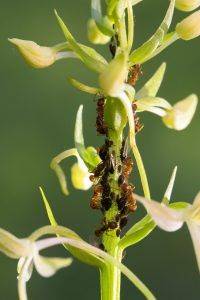 The brooms are attacked by aphids or aphids and the red spider that affect the crop in general. Aphids are very small insects that suck or suck the sap from the stems and flowers of the broom.
The brooms are attacked by aphids or aphids and the red spider that affect the crop in general. Aphids are very small insects that suck or suck the sap from the stems and flowers of the broom.
They are very dangerous pests, since they have a great capacity for reproduction, even affecting the entire crop.
Aphids produce small yellow spots on the leaves and can be a breeding ground for the fungus known as bold that affects the process of photosynthesis.
To eliminate aphids, it is recommended to clean the plant, leaves and trunks with a cloth moistened with a mixture of water and biodegradable soap. The use of specific systemic insecticides for broom, applied by specialists or recommended by them, is also suggested.
Diseases caused by fungi caused by malpractice in broom irrigation can also affect the plant. In this case, it is necessary to pay attention to the form and amount of watering to maintain humidity, but not to drown the plant.
Bibliographic references
- Broom monosperma (L.) Boiss, B MATÍAS – researchgate.net
- Effect of water stress at different temperatures on seed germination of Bulnesia broom (Gill. ex. Hook.) Griseb.-Zigophyllaceae-in San Luis, Argentina, MF Rodríguez Rivera, LR Sosa, EA Fernández … – 2007 – ridda2.utp.ac.pa
- Disturbance and sabanoid structure in Retama sphaerocarpa formations, ALP Alcón – Ecosistemas, 2001 – revistaecosistemas.net
- Study of the alkaloids of the Retama Sphaerocarpa, F Fraga Rodríguez – 2015 – eprints.ucm.es
- Contribution to the study of Viscum Cruciatum parasite of Retama Sphaerocarpa, MAP Cerban – 2001 – dialnet.unirioja.es

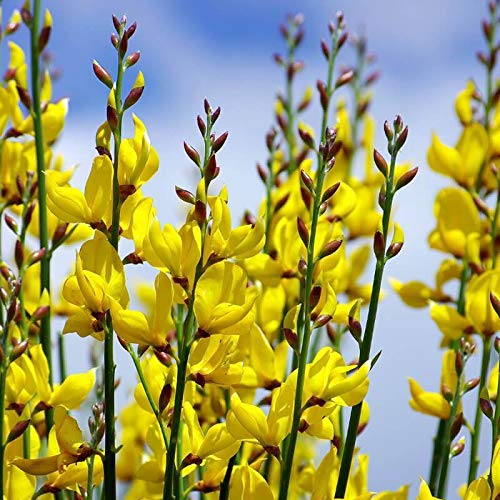
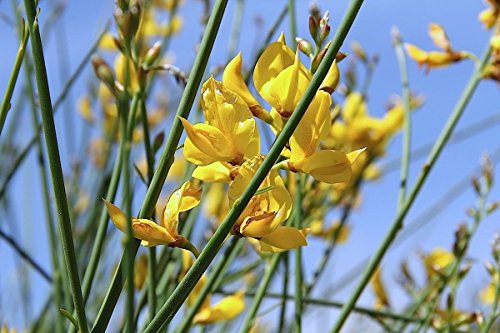
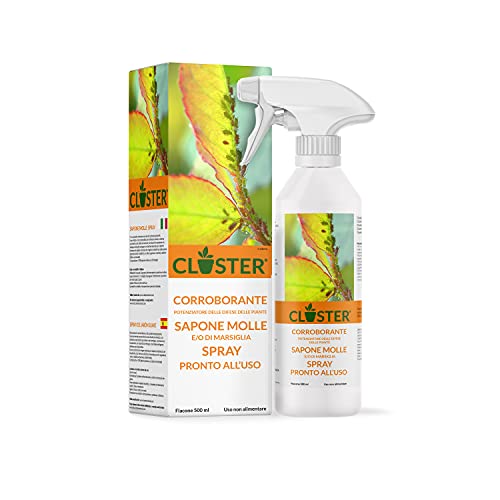
![Photo of Plant Camellias in your Garden: [Where, How and When to do it]](https://www.complete-gardening.com/wp-content/uploads/2022/08/plant-camellias-in-your-garden-where-how-and-when-to-do-it-390x220.jpg)
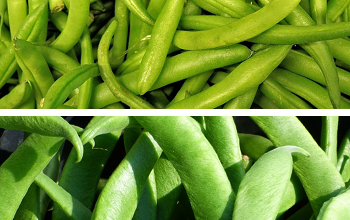
![Photo of Walnut Cuttings: [Grafting, Season, Rooting and Sowing]](https://www.complete-gardening.com/wp-content/uploads/2021/06/nogal_1612570739-390x220.jpg)
